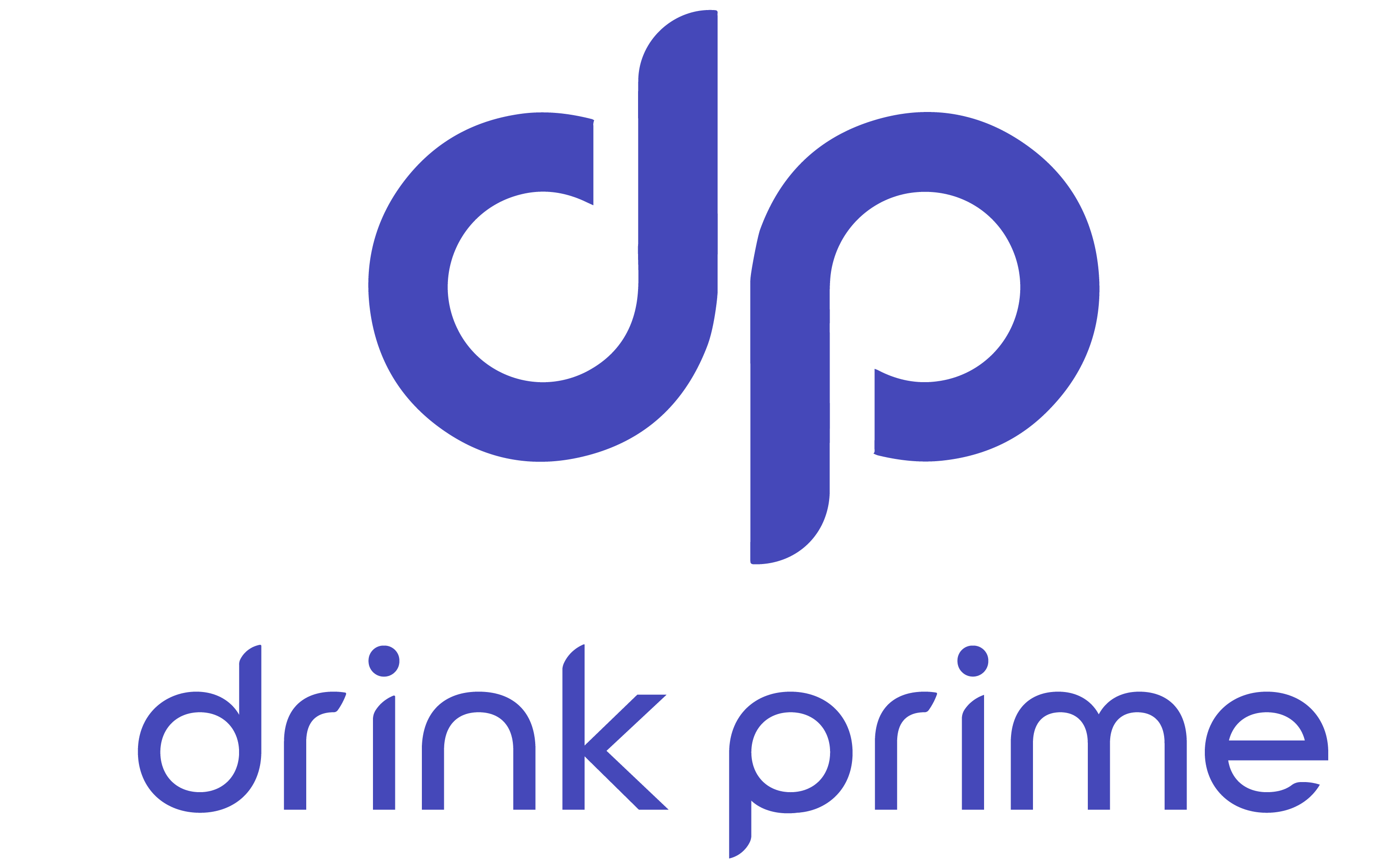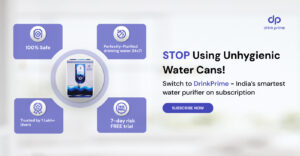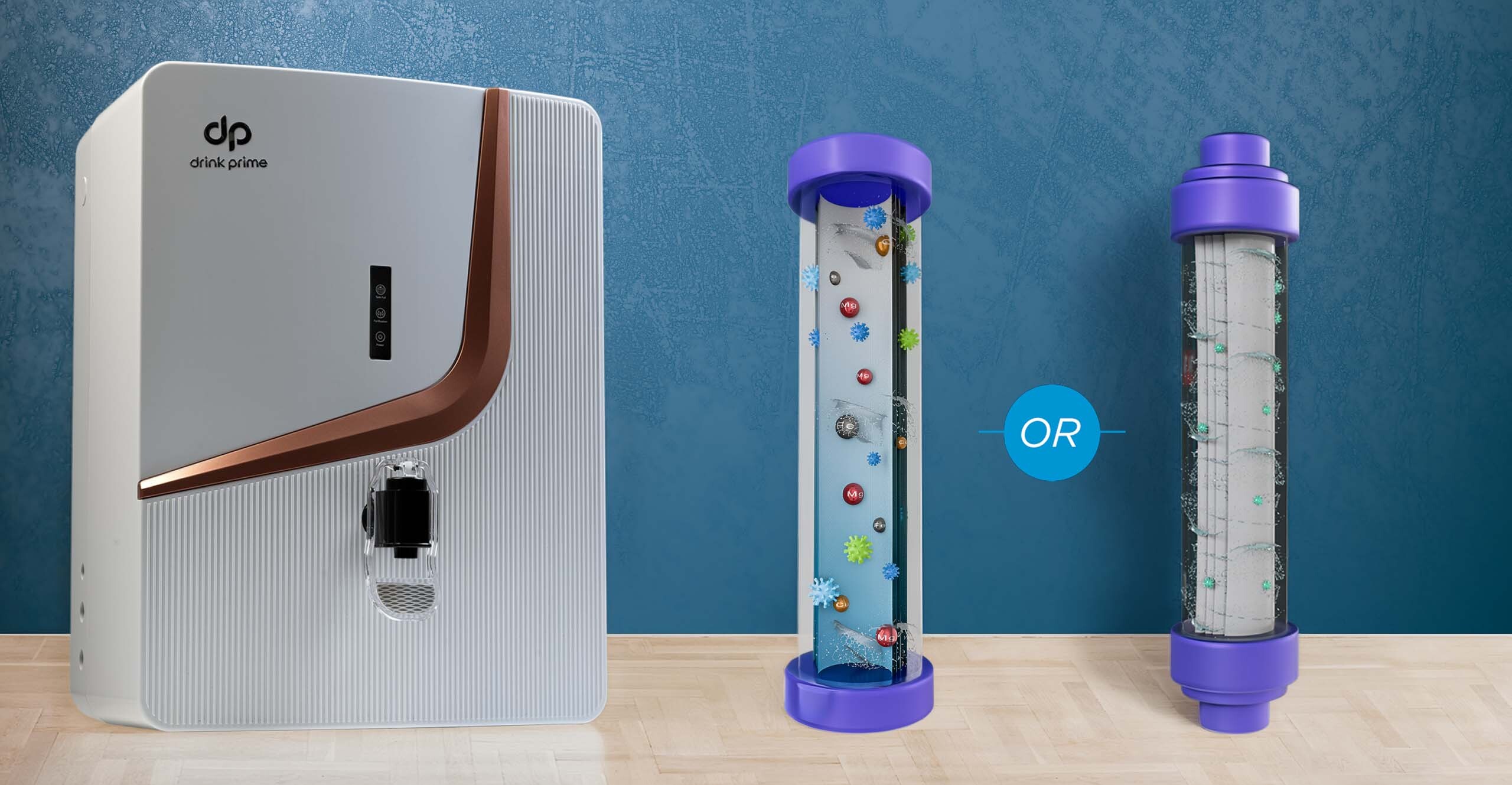Are you sick and tired of lugging water cans to your apartment? Do you think twice about the quality of your drinking water when you pour yourself a glass? Honestly, the best thing you can do is get a water purifier. However, we do understand that you have concerns. So, here’s our checklist for buying a water purifier in 2021.
Our checklist covers all you need to know when it comes to buying a water purifier. Most importantly, this checklist is perfect for you if you’re losing sleep over the cost of the water purifier. We have the perfect solution! Read on to find out more.
Why is Water Quality Important?
Other than helping you quench your thirst, water is extremely vital to your body. Not only does it help regulate body temperature but it also transports nutrients to your cells. And it does so much more. Yet, all this is only possible with safe drinking water.
Water contamination is a major concern and consuming even a tiny amount of polluted water can cause several health issues. This is why it’s important to test for water quality and invest in a water purifier that can prevent you and your family from falling ill.
Types of Impurities Found in Drinking Water
You can find various kinds of impurities in your drinking water. And the kind of impurity depends on the source and distribution of water. Moreover, different contaminants have unique effects on water, making it easy to zero in on the pollutant. Here’s a list of the most common impurities found in water sources and their effect on drinking water:

How to Assess Water Quality?
So, how can you test the water quality? You can start by testing for TDS, Turbidity, and Chloride levels.
For TDS, using a simple TDS (Total Dissolved solids) meter will suffice. The higher the TDS the more contaminated the water and more harmful when consumed. According to WHO, the acceptable range of TDS in drinking water should be no more than 200 parts per million (ppm).
Water with TDS level higher than 200 ppm can not only taste off but it can contain high concentrations of minerals like sodium, potassium and other compounds that can be harmful when consumed in large quantities.
Moreover, you don’t have to test the water yourself. This simple test is usually conducted by a water purifier provider before installation.
You can also test water for turbidity using a nephelometer. This device uses a photodetector to detect light scatter and particulate contamination.
Chlorine, on the other hand, can be tested by collecting the water and mixing it in a diethyl para phenylene diamine solution. If there’s a colour change, it’s a sign of residual Chlorine.
Types of Water Purifiers
There are various types of water purifiers with different types of purification technologies. Additionally, each water purifier comes with a proprietary set of features. It’s important to understand the different types and their capabilities to make an informed decision. Here are the most common types of water purifiers:
RO Water Purifier
You might have heard about RO water purifiers and it’s magical capabilities from your favourite aunt.
And she’s not entirely off regarding its amazing technology, RO water purifiers eliminate heavy metals, Arsenic, Fluorides, toxins, and various microorganisms using the reverse osmosis process (water filtered through a semi-permeable layer). As it is highly effective, it can even get rid of essential minerals.
UV Water Purifier
UV water purifiers, on the other hand, use a unique high-powered UV lamp to kill bacteria and viruses from the water.
Not only can UV water purifiers effectively remove microbes, but they do so without eliminating the essential minerals in the water.
Most importantly, it does all this without adding any chemicals to the water. This type of purifier is best for municipal corporation water with a low TDS of 200 ppm and below.
UF Water Purifier
UF water purifiers are similar to RO as these also use a semi-permeable membrane to eliminate contaminants.
The only difference is that the membrane in the UF filter comes with larger pores than RO. So, it can remove large impurities and undissolved particles. However, it, unfortunately, cannot reduce TDS and is usually used in combination with RO or UV.
Checklist for buying a water purifier
Water Source Quality
The quality of the source water is a key factor that’s usually ignored. Unfortunately, not all source water has the same contaminants. So, when the wrong type of water purifier is used to purify the source water, it results in either over purified or under purified water. Both of which are harmful to your health. So, a one size fits all approach won’t make sense here.
Before buying a water purifier, it’s important to check the water quality and make a decision based on the types of contaminants in the water. Especially, as the water contains essential minerals and ions in addition to impurities like heavy metals, arsenic, fluoride, etc.
For example, a water source with a high TDS of 1000 ppm may require a water purifier with a combination of UV+RO while a water source with a TDS of only 50 ppm may only require a UV water purifier.
So, how do you determine the quality of the water source?
You can get it done by yourself by reaching out to a firm that specializes in these tests. However, it can be expensive. Fortunately, there are water purifier brands that will do it for you and recommend the perfect type of water purifier for your water source.
A good water purifier is capable of bringing down the TDS from at least 1500ppm to permissible levels.
Purification Technology
Now, for the nitty-gritty. When you know what kind of water source you’re dealing with, you’ll have to get a device with the appropriate technology to purify it. As mentioned earlier there are three types of purification technologies available. Additionally, there are water purifiers with a combination of two or all three processes.
While RO being the poster child of water purifiers is quite effective, it may not be the best solution for households with terrible water sources like a stagnant water body. These households will require the extra UV and UF technology to remove the extra pathogens that the RO technology can’t get rid of.
Similarly, some households only require the basic amount of purification to convert the water source to healthy drinking water.
We understand it is instinctual to gravitate towards a water purifier with all three technologies and get the best of the best. However, we recommend you consult a professional before you make the decision.
Filtration Process
There’s more to a water purifier than just RO, UV, and UF. There are, after all, various kinds of impurities. So, you should choose a water purifier with an effective filtration process that can provide you with perfectly purified water.
Here are few filters that you may come across:
- A Pre-filter to remove undissolved impurities like dust, sand, mud, etc
- Sediment filter to get rid of the coarse, suspended, and colloidal particulate matter
- A Pre-activated Carbon Filter to remove harmful dissolved compounds like chlorine, pesticides, and similar compounds.
- RO filter to eliminate harmful microorganisms and TDS.
- UV and UF filters eliminate the left out bacteria and suspended impurities.
There are, of course, additional processes that can improve taste such as a post Carbon and mineral filter.
Filter Replacement
When it comes to the filters, all water purifiers work in the same manner. However, what you do need to look for is a service model that replaces the filter the moment it is clogged. A water purifier is only as good as its filter, so proper servicing is key!
If it’s not replaced at the right time, it won’t be able to purify the water efficiently. Additionally, ensure the filter replacement doesn’t come at exorbitant prices as this can add up significantly over time.
Storage Capacity and Purification Speed
Next up on this checklist is the storage capacity and overall purification speed of the water purifier. Both of which are super important. Especially, if you want an uninterrupted supply of clean water. After all, you shouldn’t have to wait hours to get pure water.
You should look for a device with a storage capacity of 8–10 Litres. This range is decent for a family as each member usually drinks between 2–4 litres a day on average.
When it comes to the purification speed, look for something with a device that comes with a good speed of at least 10–15 litres/per hour. This will ensure, you wouldn’t have to wait more than an hour before the device replenishes itself.
More than anything, choosing the right storage capacity can help you save money and space. However, don’t get too frugal and get a tiny water purifier as the storage tank will be your best friend in the event of a power cut. You’ll have to weather the darkness with just the water in the tank. So, choose the size wisely.
Unique Features
An extra feature is like the cherry on top of the already sweet icing. Some water purifiers out there offer a mineralized feature. After having extensively purified the water these devices have a technology to add the lost minerals back into the water before you consume it.
Coincidentally, there are water purifiers that are customized to suit the water source. So, the purification is always on point. This is extremely important as both under purified water and over purified water are harmful.
Moreover, you should consider features that can make your life a bit convenient as well. For example, an app that can sync to the device to keep track of its health status and alert the brand if it requires any maintenance.
Don’t think that’s possible? We, at DrinkPrime, use the Internet of Things (IoT) to track the health of the water purifier. That’s how we proactively schedule maintenance checks.
Budget
One of the most important factors you’ll have to consider is the budget. Practically speaking, you will have to invest a minimum of ₹20,000 on a regular water purifier. Additionally, it can go north of ₹40,000 depending on the type of filtration, water capacity, and features.
Although it is seemingly a one-time investment, you will have to shell out an annual maintenance charge of ₹4000–5000. Not to mention the additional cost of replacing the filters, which will depend on the type of water purifier.
Most importantly, water purifiers evolve as the technologies advance. So, you’ll have to pay extra to replace an obsolete filtration system.
Of course, there are no absolutes. There are water purifiers with subscription or rental plans that don’t have any maintenance or extra charges whatsoever. This can be really helpful if you’re living with roommates or if you’ve recently moved into a rented apartment in the city.
So what do you do if you stay in a rented apartment and don’t want to spend a lot on a water purifier? Find out how Kumar Abishek, who didn’t want to buy an expensive RO water purifier, managed to solve this issue here!
Certifications
Why are certifications important? Well, they are an indicator of reliability. For example, if you’re purchasing a product in an E-commerce store, you always check the customer reviews to figure out if it’s a good and safe investment.
Similarly, a water purifier that comes with certifications is always more reliable than those without it. Certifications, especially, become important to look for certifications in a water purifier as it concerns your family’s and your wellbeing.
So, what should you specifically look for?
Ideally, look for ISI certifications and any technology-specific certifications by well-known laboratories. ISO certifications are also useful as it shows that the company complies with international standards. When in doubt, always Google the certifications to find out if they are authentic.
Here are some of the common certifications:

Maintenance and After-Sales Services
Whether you’ve invested a ton of money or not, you’ll definitely have to ensure the water purifier is well maintained. Water purifiers fundamentally require maintenance, servicing at regular intervals to consistently produce purified drinking water. So, after-sales services like filter replacement and maintenance of critical components are an absolute must. This is why you have to look for these services in a brand before making a final decision.
After all, you don’t want to come back home to a malfunctioning device that takes hundreds of calls with the brand to set right.
With DrinkPrime, you won’t run into any of these issues as we will constantly monitor the water purifier on your behalf and even schedule proactive maintenance. So, you have one less thing to worry about in your already busy life. Don’t worry, we’ve got your back!
Get 7 Days Risk Free Trial
Final Thoughts
With water contamination being a serious threat, investing in a water purifier is a smart choice.
However, buying a water purifier isn’t as simple as purchasing a home appliance like a TV. After all, it is dependent on water source quality, in addition to various other factors. Most importantly, you’ll need to ensure that your water purifier is customised to your needs.
We recommend that you refer to our checklist for buying a water purifier to help you make an informed decision.





